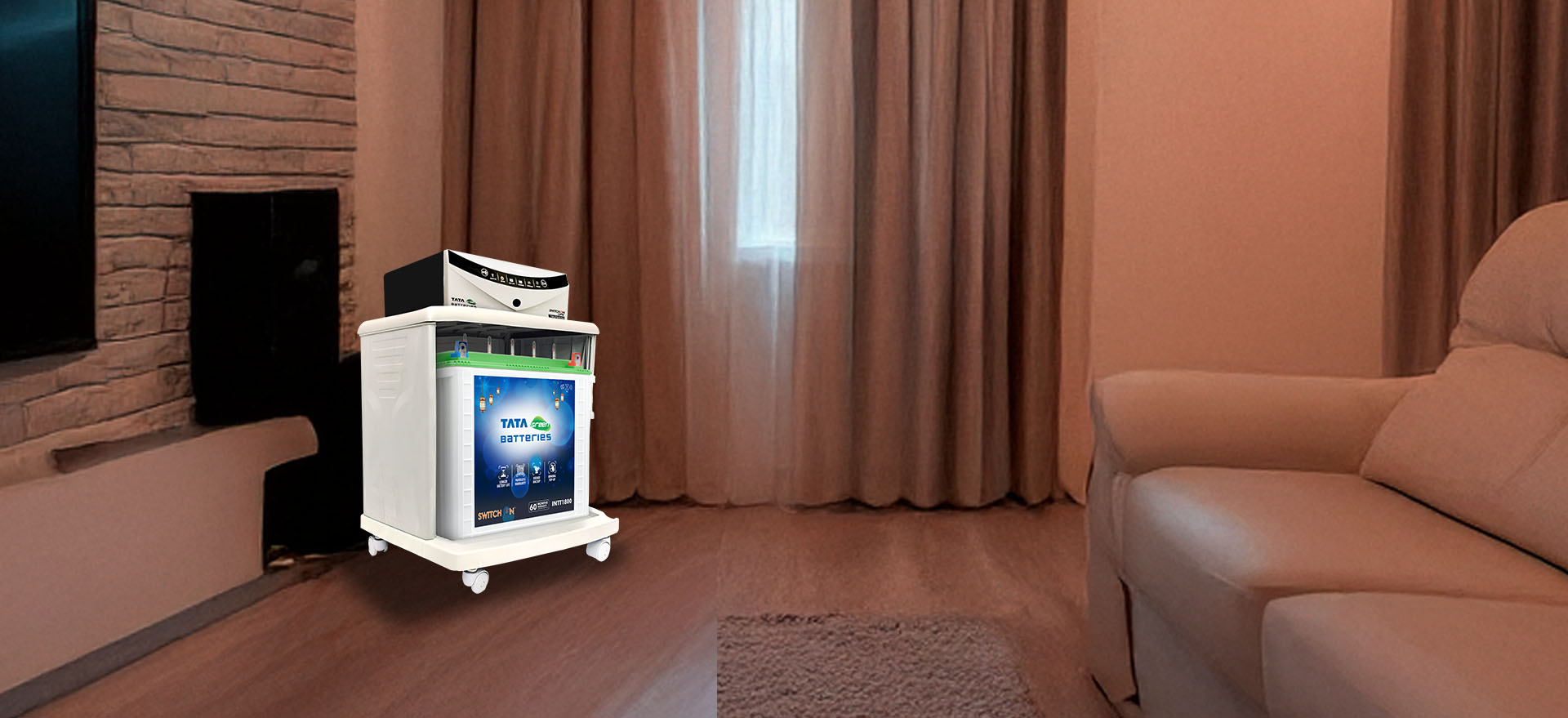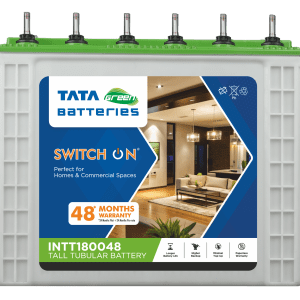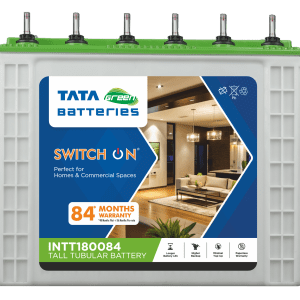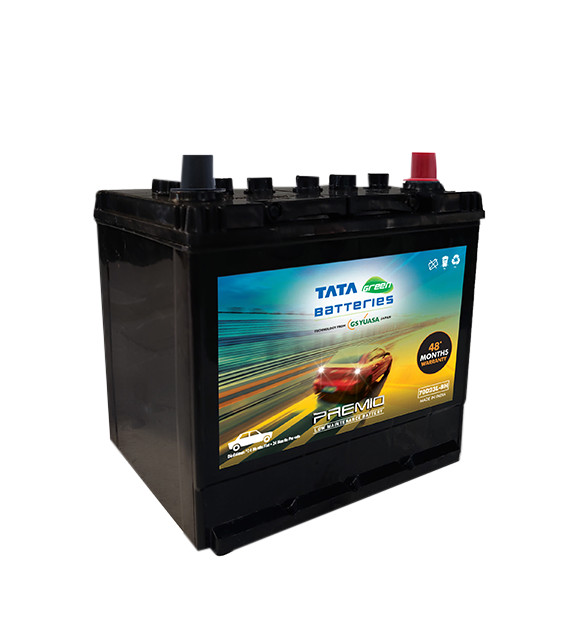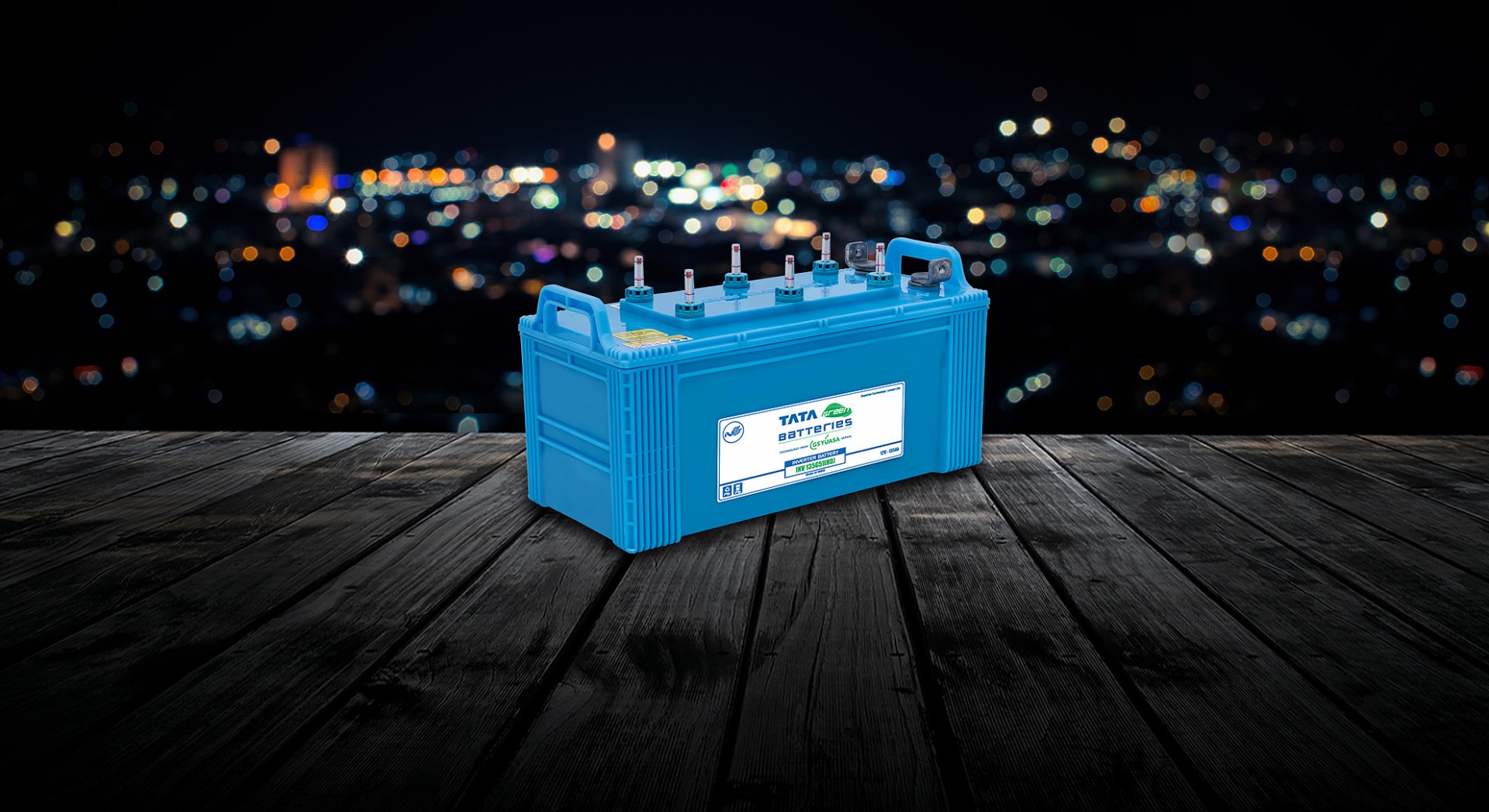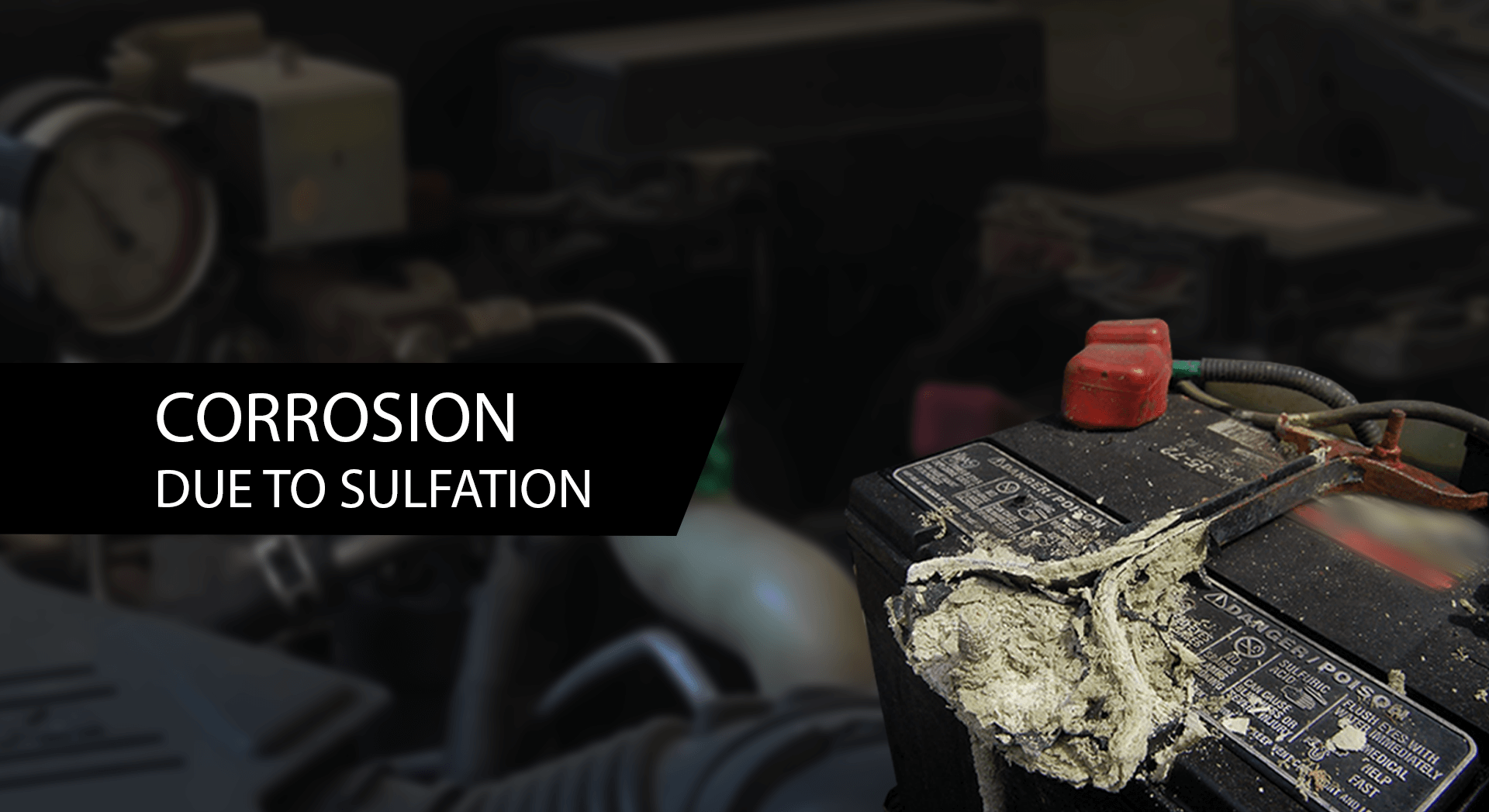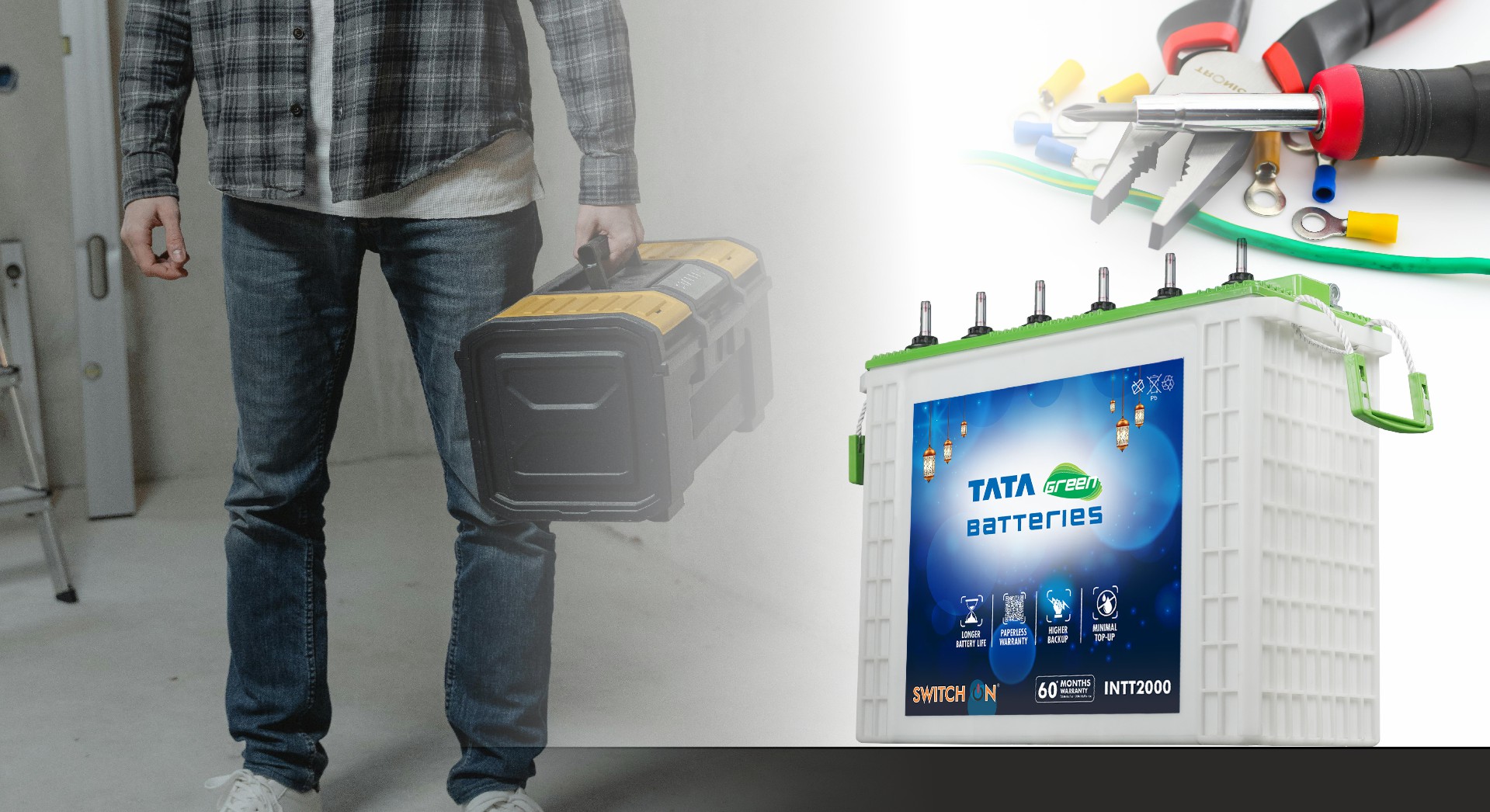For most Indian homes, inverters are a silent hero during power cuts. They keep the lights on, the fans running and essential appliances working even when the grid goes down. But while an inverter battery makes life easier, it also demands proper care and safety awareness.
A battery stores and releases energy using chemicals. Mishandling it can lead to accidents, short circuits or even fire hazards. The good news is that with a few simple precautions, you can use your inverter safely and extend the battery’s life.

Here’s a detailed guide to help every Indian household follow safe inverter battery practices.
Use Protective Gear
Whenever you handle or clean an inverter battery, safety should come first. The battery contains acid that can cause burns or irritation if it comes into contact with your skin or eyes. Always wear rubber gloves and protective glasses while checking terminals, topping up water or moving the battery.
Even if you’re only tightening a connection or cleaning corrosion, gloves provide a barrier against accidental acid splashes or leaks. Safety glasses protect your eyes from small particles or vapours that might escape during inspection.
Remember, prevention is always better. A few minutes of preparation can prevent injuries and make your battery maintenance completely safe.
Ensure Proper Ventilation
During charging, inverter batteries release small amounts of hydrogen gas, a natural byproduct of the chemical reaction inside. If this gas builds up in a closed room, it can become dangerous, as hydrogen is highly flammable.
That’s why it’s important to place the battery in a well-ventilated area. Keep it in a space where air can circulate freely: near a window or under an open shed. Avoid installing it in sealed cabinets, bedrooms or storage rooms without ventilation.
Good airflow prevents gas accumulation and helps maintain safe temperature levels. Proper ventilation also keeps the battery cool, improving its performance and longevity.
Keep Batteries Upright & Secure
An inverter battery must always be placed upright, never tilted or laid on its side. Inside, it contains electrolyte fluid that can spill if the battery is tilted or shaken, leading to acid burns, corrosion or damage to nearby surfaces.
Place the battery on a flat, stable surface that can handle its weight. If your home is prone to vibrations or movement (for example, during cleaning or shifting furniture), ensure the battery is secured in position using clamps or a sturdy stand.
Also, keep it away from direct sunlight, heat sources and flammable materials. Proper positioning not only prevents leaks but also keeps your home environment safe from harmful fumes and accidental contact with acid.
Use the Correct Charger
Using the right charger is one of the most important safety steps for any inverter battery. Every battery type has a specific voltage and charging limit. Overcharging a battery causes excess heat, gas release and internal damage. On the other hand, deep discharge reduces its lifespan.
A compatible charger ensures that the battery charges at the correct rate and cuts off automatically once it reaches full capacity. Smart charging systems offer better protection because they adjust the current based on the battery’s condition.
If your battery has been unused for a while, charge it slowly before putting it back into regular operation. Suddenly charging to full power after a long idle period can strain internal components.
By using the correct charger and keeping an eye on charging levels, you’ll not only improve safety but also ensure smoother performance and a longer battery life.
Regular Inspection
Just like any other household appliance, inverter batteries need regular inspection. Every month or so, visually check the battery for signs of corrosion around the terminals, swelling in the casing or small cracks.
Corrosion appears as a white or green powder and can block electrical flow, reducing efficiency. You can gently clean it with a dry cloth or a soft brush. But never use water. If you notice swelling or cracks, it may indicate internal pressure buildup or leakage, both of which can be dangerous. In such cases, call a technician immediately rather than trying to fix it yourself.
Also, keep an eye on the water level if your battery type requires refilling. Always use distilled water and avoid overfilling. Routine inspection helps you catch small problems before they become big ones and keeps your power backup running safely.
Avoid Metal Contact
When working near the battery, remove metal jewellery such as rings, bracelets or watches. These items can accidentally come into contact with the battery terminals, creating a short circuit and sparking or causing burns.
Similarly, avoid placing tools or metal objects on or around the battery. Even a small piece of metal bridging the terminals can cause an electric shock or explosion. Always handle the battery using insulated tools and keep the area around it clear.
If you need to disconnect the battery, make sure the inverter is switched off and unplugged first. Disconnect the negative terminal before the positive one to minimise the risk of sparks.
These small but essential habits make maintenance safer and help you avoid accidents during routine checks or replacements.
Powering Safety, Powering Peace of Mind
In India, power cuts are unpredictable. But safety doesn’t have to be. Whether you live in a city apartment or a rural home, your inverter battery quietly supports your daily life.
It takes only a few precautions to turn a potential hazard into a reliable power partner. Because when safety powers your home, peace of mind follows naturally.

